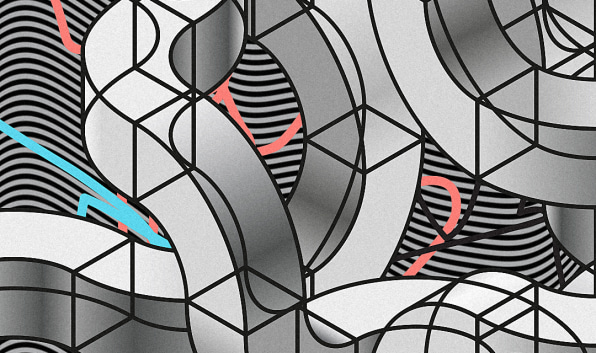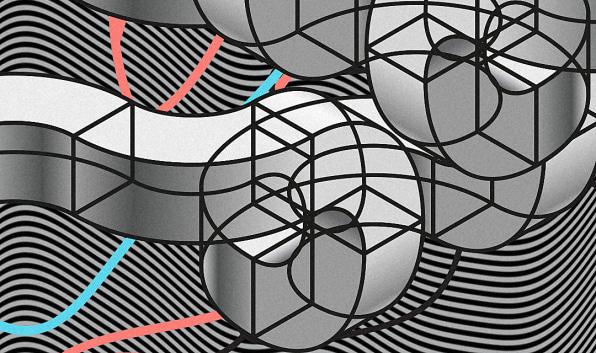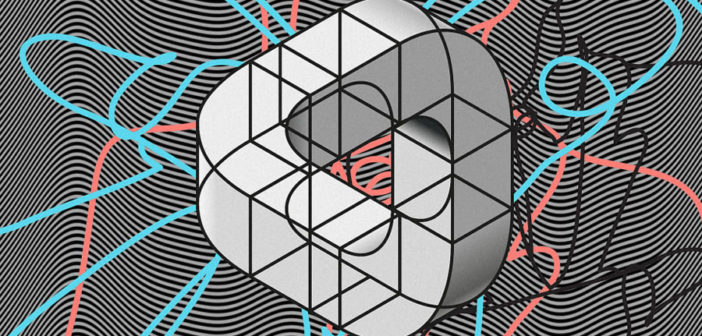The conventional interpretation of human-centered design wildly oversimplifies the relationship between people and technology. It’s time for a more nuanced approach, writes argodesign’s Mark Rolston.
In a recent Fast Company essay, human-centered design expert Don Norman argues that poorly designed technology drives many of the challenges of our overcomplicated lives. Despite the merits of several of his arguments, I disagree with the premise. It’s a misleading oversimplication of our relationship to technology — and it can actually lead to bad design.
Norman writes that “we have unwittingly accepted the paradigm that technology comes first”–in other words, we too often design without respect for the user and with too much reverence for technology. His key point is that technology should conform to us, not the other way around. On the face of it, this is an easy observation with which to agree. But dig a little deeper, and you find an implicit assumption: that the needs of people are somehow pure–unsullied by external forces–and all designers need to do is recognize that, and design technology accordingly.

People’s wants and needs do not miraculously appear out of thin air; they are shaped by different experiences over the years, including their experiences with technology, and in turn, technology is shaped by users’ expectations. For this very reason, the desktop PC was designed around historical office artifacts like file cabinets, notepads, and trash cans. We still call the modern mobile handset a phone, regardless of how little of that analogy still applies.
YOU ARE WHAT YOU DRIVE
Let’s look at a simple example–the gasoline-powered motor. A motor generates noise and heat. For many, those qualities have become the very definition of the experience. We have learned to equate noise with a powerful engine. A noisy engine is not an original “user-centric” concept. I doubt any user explicitly wanted noise, when the technology was first produced. Yet we have come to expect it, and some even desire it, because of the power it represents.

This is the crucial “give and take” relationship between people and technology. The most beautiful and exciting cars are not expressions of pure customer desires. Those don’t exist. The great design cues in automotive design are the byproduct of the technology itself. No doubt the rise of electric, autonomous cars will change our definition of good car design, too.
A good design must take into account what the user wants, but ultimately frame those desires within the boundaries of the technology. A great design does even more than that. It shapes the user’s expectations around those boundaries. For cars, noise equals power. For mobile handsets, thin equals power. Neither was an original user inception. A user’s ideal experience is defined by her experience with technology.
But when designers assume people know what they want in a new technology, they end up hopelessly mired in the past–creating horseless buggies, keyboards modeled after typewriters, and mobile computers we still call phones.
A MORE NUANCED VIEW OF HUMAN-CENTERED DESIGN
It’s time to introduce a more sophisticated view of human-centered design. Designers have long told valuable stories about the need for better design. But oversimplifying the narrative masks a profound shift happening right now. We are changing through our persistent use of technology. The mobile phone is always with us, letting us search for anything yet challenging what it means to “know” anything. Amid our curated online identities and interactions, alongside our still raw offline relationships, what truly defines our sense of self? If anything can be simulated, what now defines the truth? With persistent connectivity, even concepts of time and space are being compressed beyond recognition because we regularly expect to be in contact with people, places, and information from anywhere at any time.

All of the critical ways we define ourselves are being changed by our relationship to technology. To suggest that technology must be designed strictly around what people want is missing the central theme of our time: We crave experiences that are driven by technology. And from this, technology has become inseparable from who we are, and from any notion of what we want.
–
This article first appeared in www.fastcompany.com
Seeking to build and grow your brand using the force of consumer insight, strategic foresight, creative disruption and technology prowess? Talk to us at +9714 3867728 or mail: info@groupisd.com or visit www.groupisd.com




